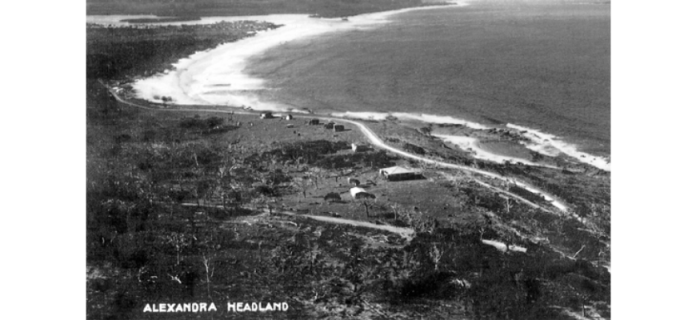There was a nod to British royalty in naming Alexandra Headland, but there are plenty of other interesting reasons behind Sunshine Coast names since white settlement.
Alexandra Headland was once known as Potts Point. It was named for John Potts who was an employee of timber entrepreneur William Pettigrew and lived there from 1880 to 1890.
It was renamed in honour of Queen Alexandra when her husband King Edward VII took the throne on the death of his mother Queen Victoria in 1901.
The name was formally gazetted in 1915 and, contrary to common use, is singular as there is only one headland.
The first allotments subdivided in Alexandra Headland were surveyed in 1915 by Tommy O’Connor who owned all of the freehold land with ocean or river frontage between Buderim-Mooloolaba Road and Eudlo Creek.
He named the streets after his sisters, Alice, Kate, Janet and Mary who owned a guest house at Alexandra Headland for many years.
Coincidentally, decades later, Maroochy Shire Chairman Fred Murray, with his wife Mary and daughters Kate and Jane, moved to the corner of Kate St and Mary St.
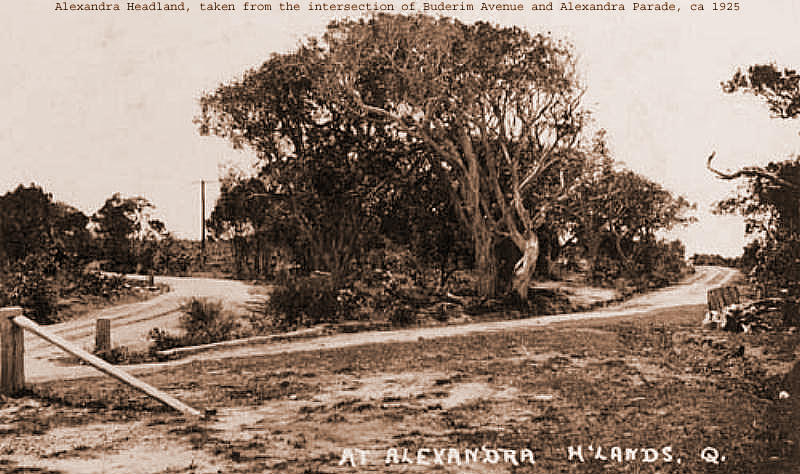
Yaroomba was first developed in 1953 and was named Coronation Beach in honour of Queen Elizabeth’s coronation that year.
The name was changed in 1961 to Yaroomba, meaning “surf on the beach”.
Kings Beach in Caloundra though, has no royal connection. It was named after its first residents, the King family.
Allan King moved to Caloundra in 1893 and built King’s Grand Central Guest House on the corner of Edmund St in about 1908. He became one of the first Caloundra councillors in 1913.
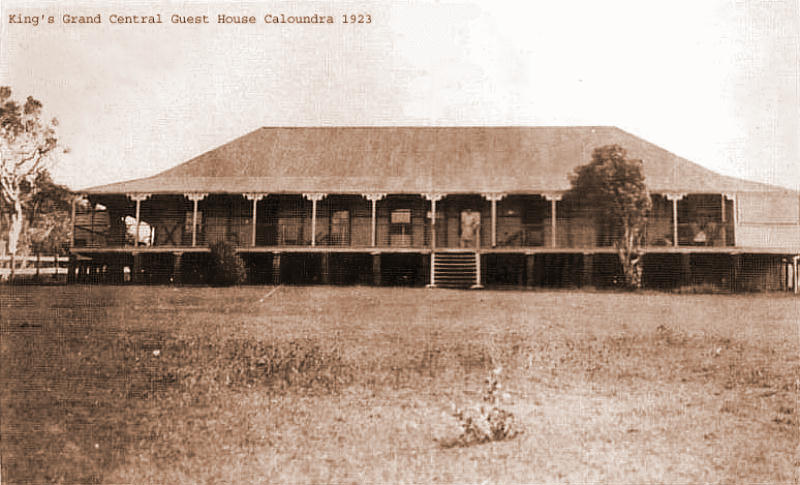
The name Marcoola is not of Aboriginal derivation, but came up because it was halfway between Maroochydore and Coolum, hence Mar-Cool-a.
It began as a few beach houses, a kiosk with a swimming pool open to the public and a beachfront picnic ground.
Mapleton started out as Lutonvale when, on January 12, 1893, the Post-Master General accepted the offer of Mr E.H. Biggs to operate a receiving office free of charge from his orchard “Lutonvale”.
At a meeting of residents in 1894, the name was changed to Mapleton, for a town in Canada.
William Smith told the meeting of a book he was reading and read a sentence referring to “a pretty little place on top of a hill called Mapleton”.
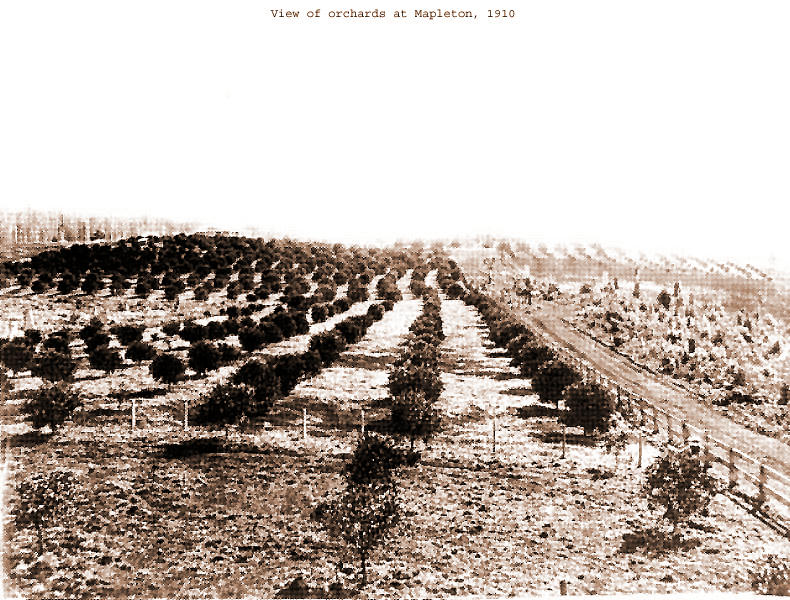
The first white settler in Montville was Thorvald Peter Ludwig Weitenegar (also spelt Weitemeyer), a Danish timber getter and his Scottish wife who made their selection in what was then called Razorback in June 1887.
A decade later, Henry Smith applied to the Under Secretary of the Post and Telegraph Department in Brisbane to open an office at Razorback. Permission was granted, provided it was at no cost to the department.
The name Razorback could not be used because there was already a receiving office of that name and once a new name was selected, it would become the name of the area.
Smith’s second choice, Vermont, was also rejected. His third suggestion was that of the small town in Connecticut where his mother lived, Montville.
From the Latin “mont” meaning hill or mountain, and “villa”, country house/farm, it was reluctantly accepted with the notation on the reply that the department did not approve of the “Franco-American terminology”.
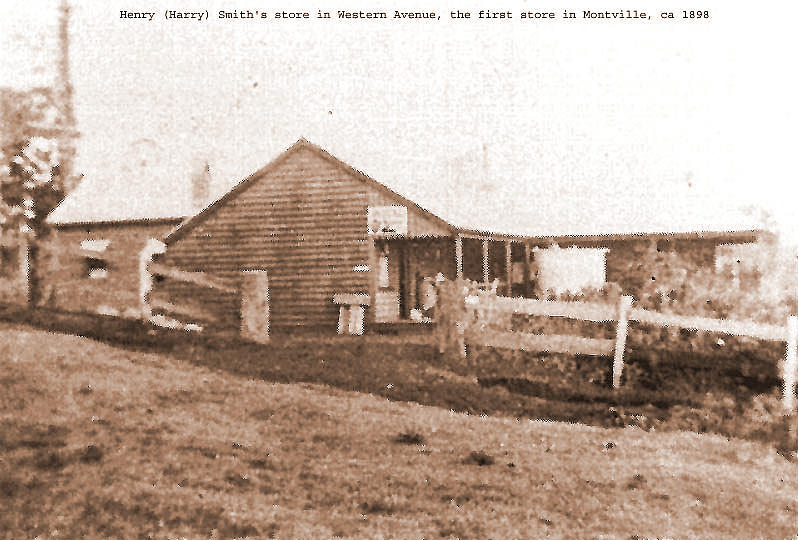
When the railway line opened in 1891, the settlement of Petrie’s Creek was re-named Nambour.
William Samwell had taken up a selection in March 1870 named Naamba, an Aboriginal word meaning red flowering ti-tree or its bark.
The first reference to Nambour was in a letter written by Mr Samwell to the Lands Department in 1872, when he used the Anglicised version we know today.
Robert Bulcock, an English immigrant, bought 277 acres of land in Caloundra in 1875. In 1917, his son Robert Jr, a Landsborough Shire councillor, subdivided part of the holding and it became known as Bulcock Beach.
Teutoberg, founded in 1889, was renamed Witta in 1916, during the anti-German fever of World War I. Some of its settlers were interned at this time.
Paynter Creek was named for William Paynter, an early timbergetter. Googlemaps prefers to call it Paynter River running beside Paynters Creek Rd.
Sir John Lavarack, the first Australian-born Queensland Governor, gave his name to the crescent in Buderim, although his retirement home was in Eckersley Ave, which was named for consulting engineer A. C. Eckersley, who lived in Nambour.
The Foote brothers, Buderim’s first main developers, chose the name.
In February 1949, passionfruit farmer Con Daetz, who also had a shop facing Mapleton Road in Nambour, subdivided eight blocks along his frontage.
It marked the opening of West Nambour. He then went on to build Isabella Avenue and in March 1960, opened Hillcrest Avenue. Roy Charlton created Crescent Drive in 1959.
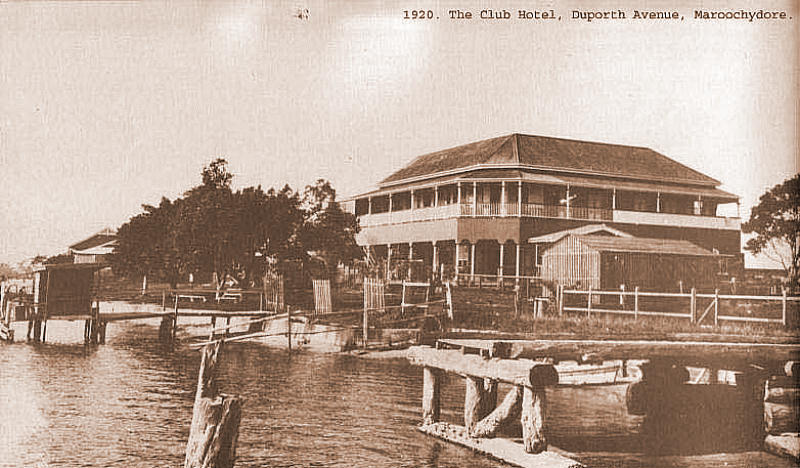
Duporth Avenue, Maroochydore, was named by early landholder Thomas O’Connor whose mother, Janet, founded the exclusive Duporth Ladies School in Brisbane.
She was born in 1827 in Cornwall where there is a Duporth Beach, and was foundation principal of Brisbane Girls Grammar School, 1875-77.
Duporth means “Two Coves” in the Cornish language.


